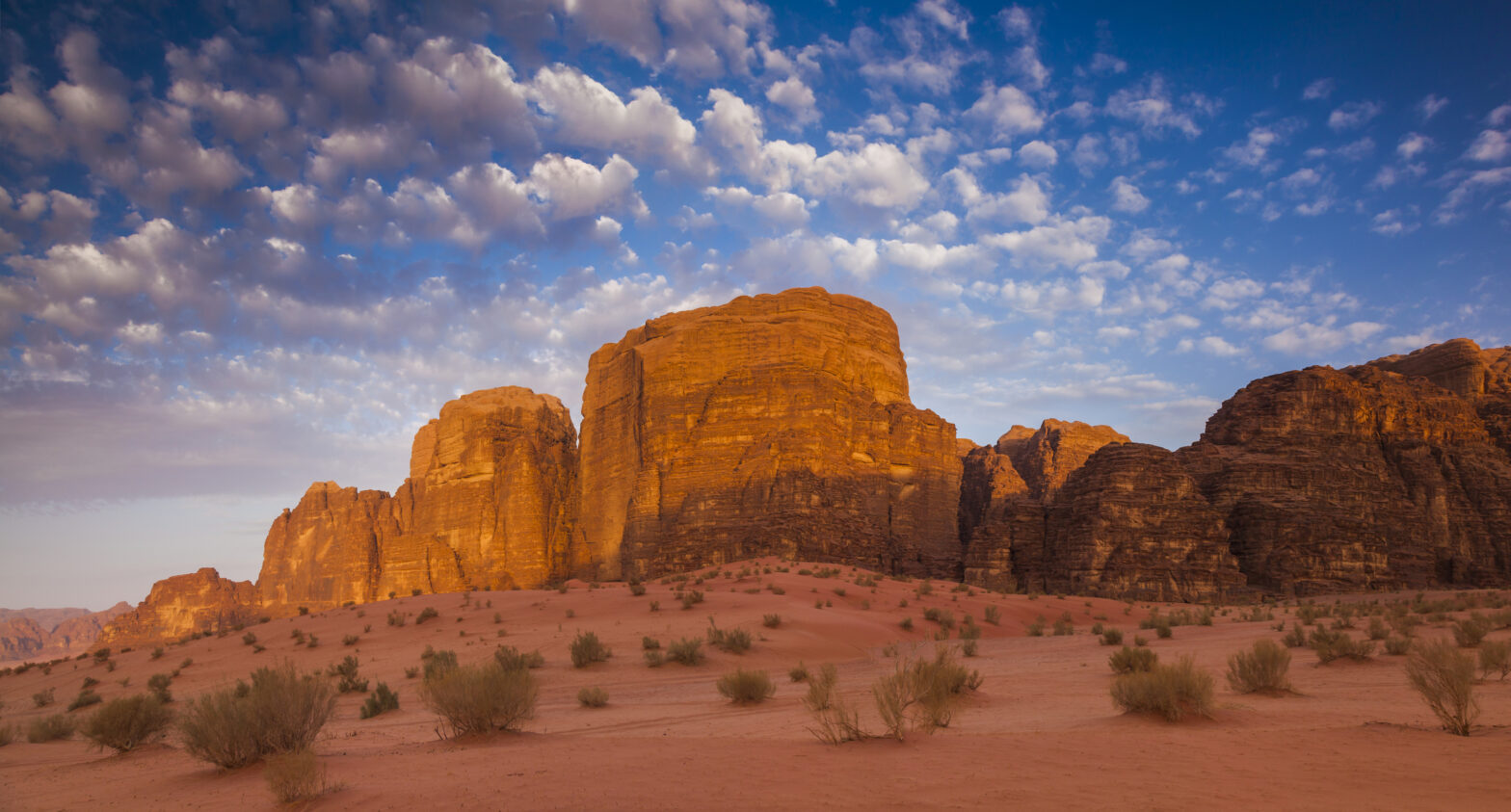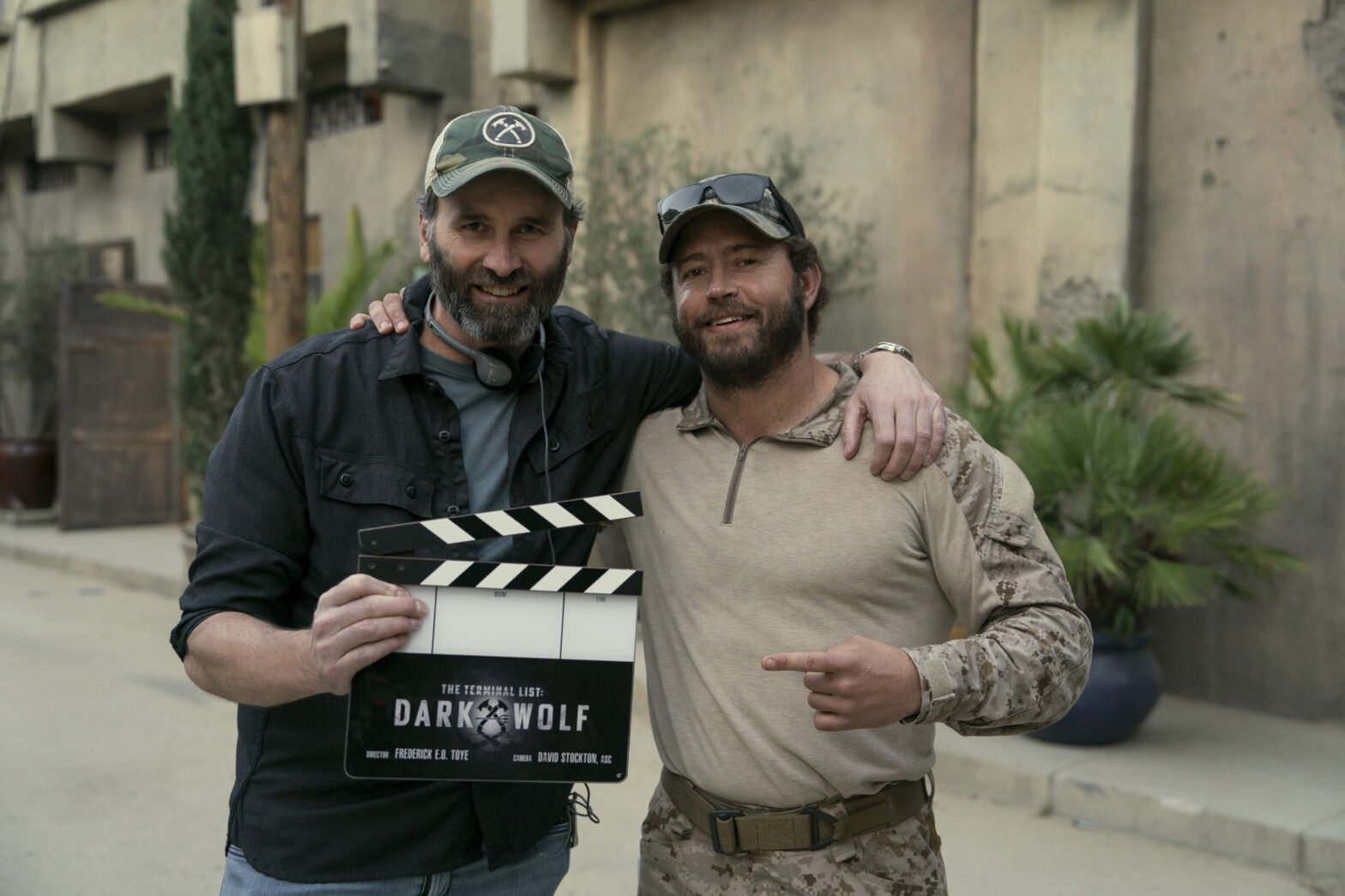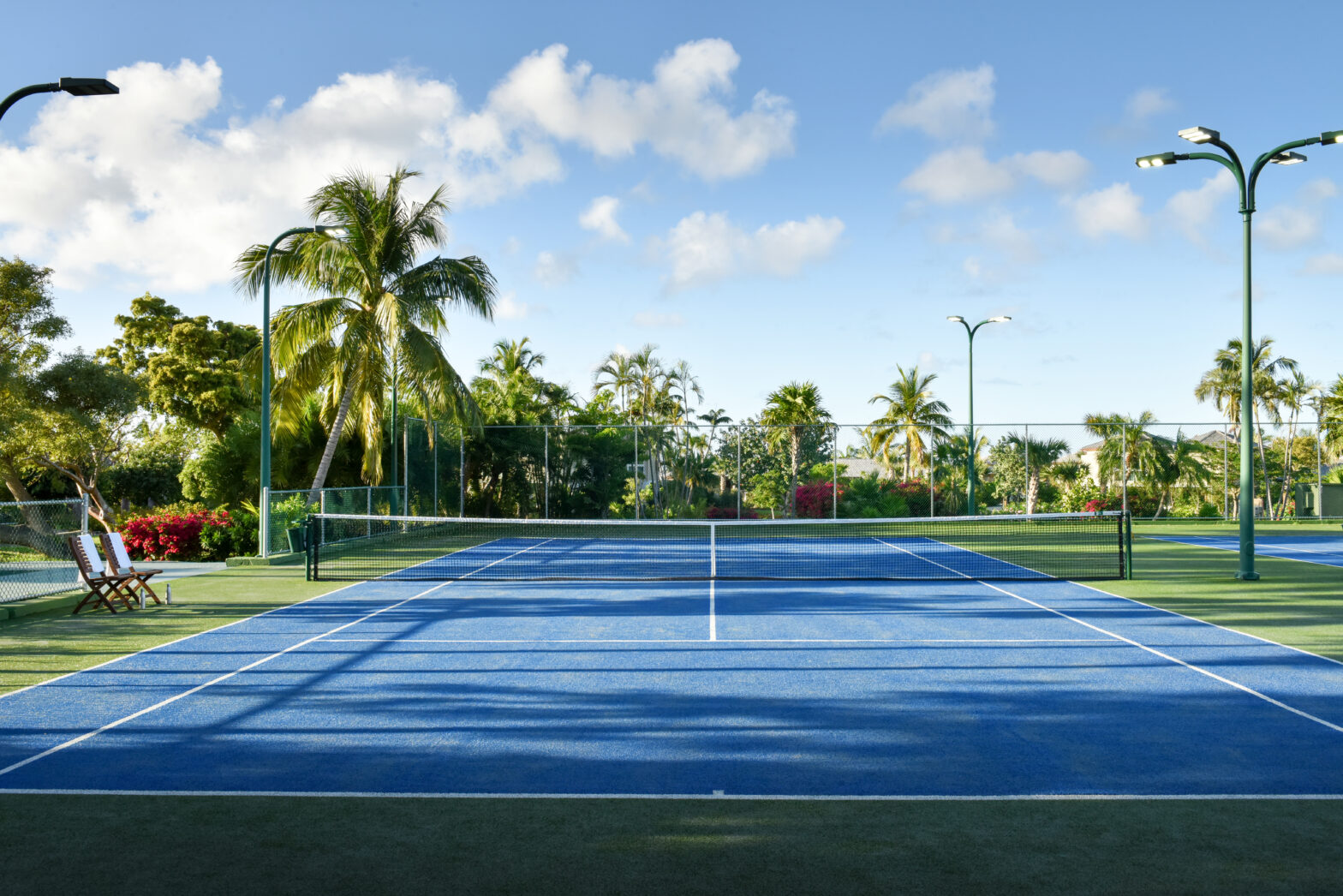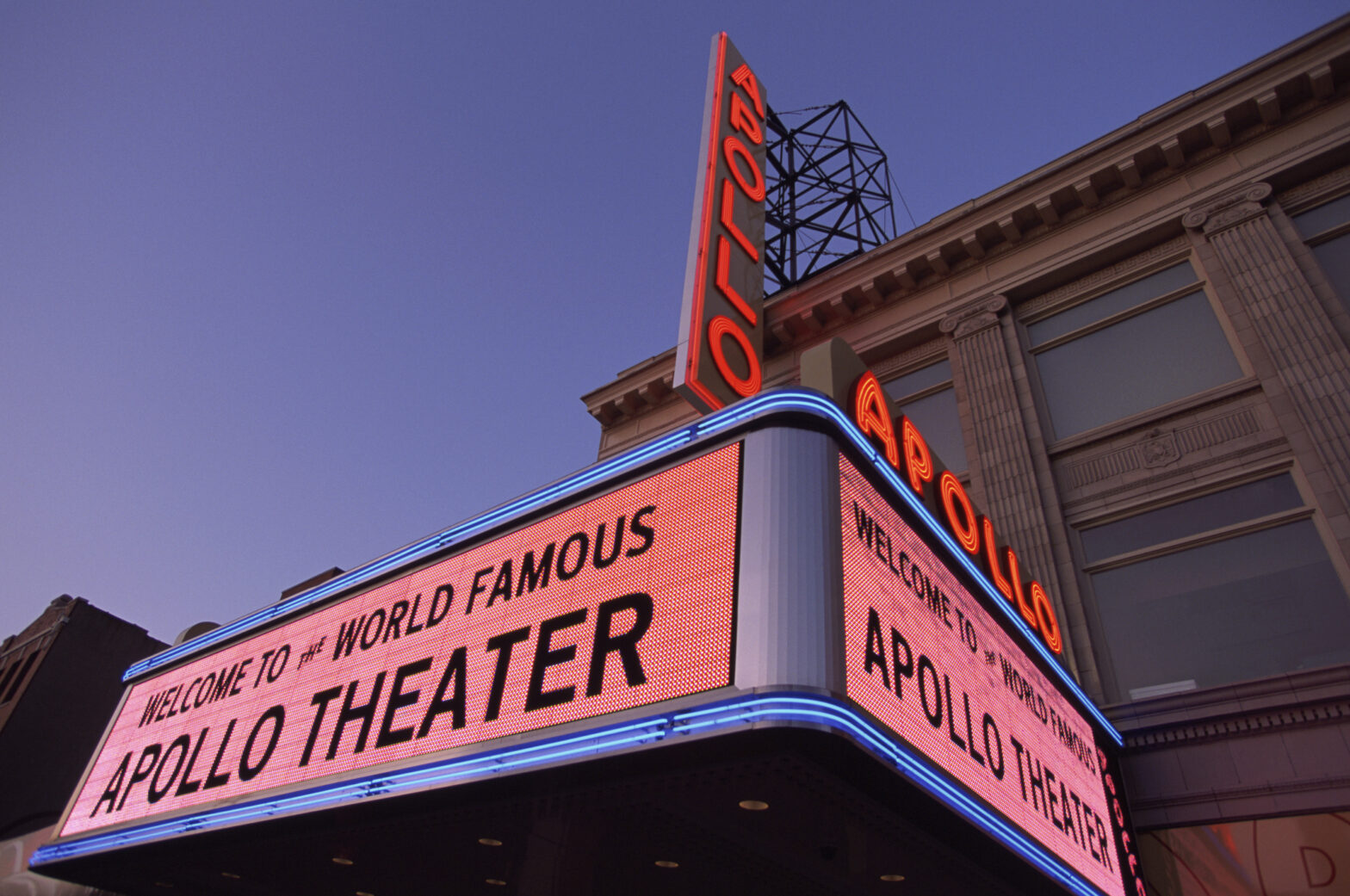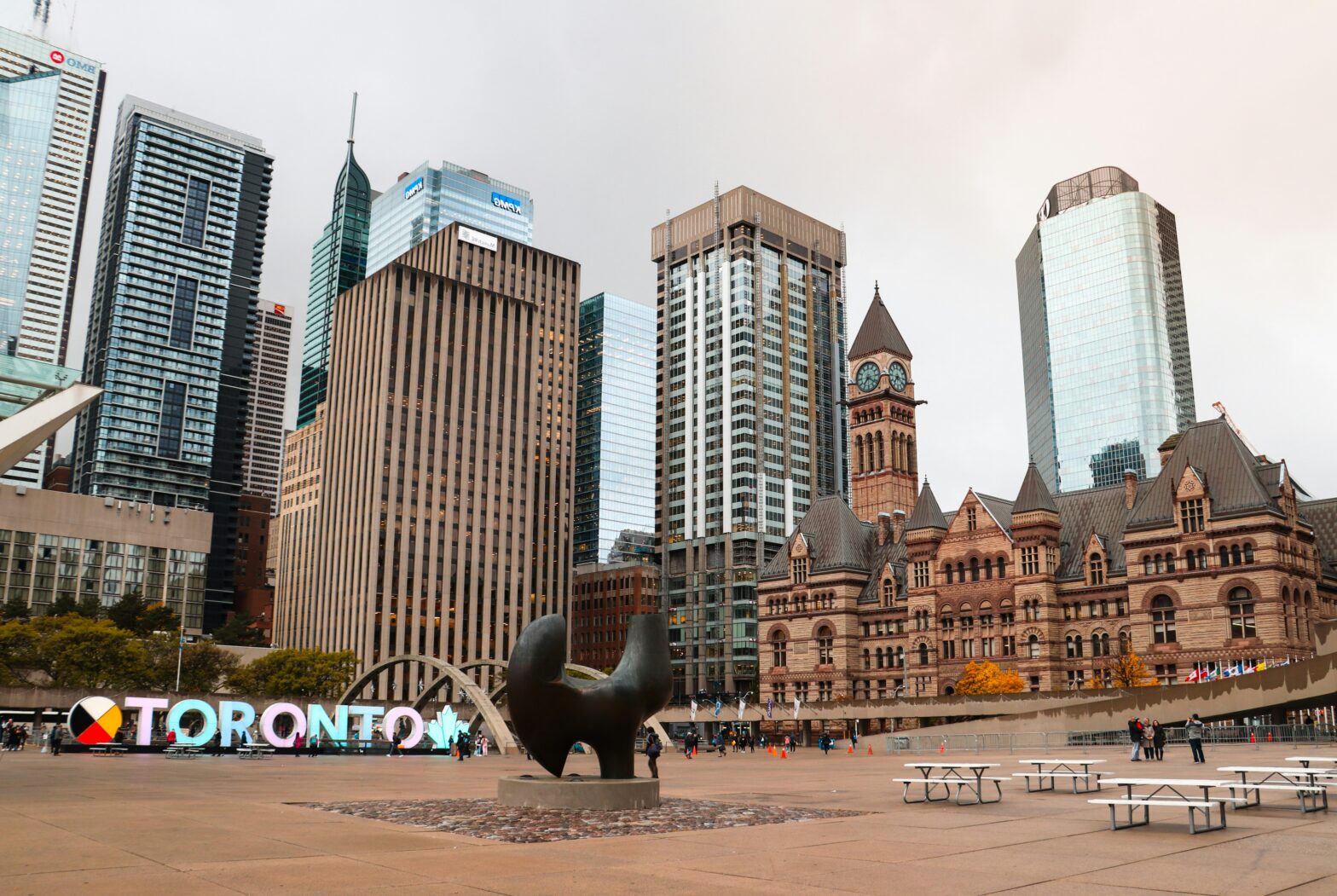In 2021, Denis Villeneuve’s “Dune” captivated audiences worldwide with its stunning visuals, groundbreaking special effects and powerful storytelling. This adaptation of Frank Herbert’s classic sci-fi novel follows Paul Atreides, a young noble thrust into a deadly interstellar struggle over the desert planet Arrakis, the sole source of the universe’s most valuable substance, “spice.” The film’s breathtaking landscapes were not just a backdrop but an integral part of its immersive world-building, with filming locations like Wadi Rum in Jordan and Stadlandet in Norway providing the authentic, otherworldly terrains crucial to the film’s atmosphere.
Visiting these iconic locations allows fans to step into the world of “Dune,” experiencing firsthand the dramatic landscapes that defined the film’s aesthetic. This guide will highlight the key filming spots, what to see and do there, and practical tips for making the most of your visit.
Wadi Rum, Jordan
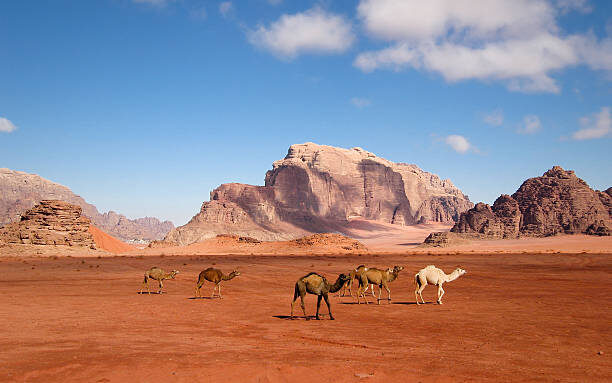
Key Scenes: Sweeping desert scenes of Arrakis
Best Time to Visit: October to April (autumn to spring)
Transportation Options: Camel rides and local guides tour bus.
Wadi Rum, located in southern Jordan, is a vast desert landscape known for its red sand dunes and towering sandstone mountains. It’s relatively accessible from Aqaba or Petra, making it a popular destination for tourists. Wadi Rum served as the perfect stand-in for the desert planet of Arrakis. Notably, it features in several scenes where Paul Atreides and his family navigate the harsh, spice-laden terrain of their new home.
The filmmakers chose Wadi Rum for its resemblance to the novel’s depiction of Arrakis, capturing the vastness and beauty of the desert. This isn’t the first sci-fi film shot here; Wadi Rum also featured in “The Martian” and “Star Wars.”
Things to Do: Explore the ancient city of Petra, a UNESCO World Heritage site. Enjoy water sports and the vibrant marine life of the Red Sea. Experience floating in the mineral-rich waters of the Dead Sea.
Where to Eat: Rum Sky Restaurant to enjoy traditional Jordanian cuisine under the stars. Al-Qantarah Restaurant for a range of local and Middle Eastern dishes.
Where to Stay: Wadi Rum Night Luxury Camp to experience a luxurious Bedouin-style stay in the heart of the desert or Sun City Camp which offers a mix of traditional and Martian dome tents for a unique stay.
Stadlandet, Norway

Key Scenes: Coastal scenes and dramatic landscape
Best Time to Visit: June to September (summer)
Transportation Options: Car rentals, local ferries, buses
Stadlandet is a peninsula in western Norway known for its rugged coastlines and dramatic cliffs. It is relatively remote but accessible via car or ferry. Stadlandet represented Caladan, the lush, oceanic home planet of House Atreides. The coastal scenes shot here contrast beautifully with the arid desert of Arrakis, showcasing the diversity of “Dune’s” planetary settings. The raw, natural beauty of Stadlandet offers a stark contrast to the desert scenes of Wadi Rum. Visitors can enjoy hiking, boating, and exploring traditional Norwegian villages. The dramatic landscapes provide breathtaking views and excellent photography opportunities. The use of Stadlandet highlights the film’s dedication to practical effects and real locations over CGI, enhancing the authenticity of its world-building.
Things to Do: Hike to the West Cape for stunning panoramic views of the Norwegian Sea. Visit the ruins of a medieval monastery on Selja Island. Explore the beautiful Art Nouveau town of Alesund.
Where to Eat: Nordfjord Hotell Restaurant to savor local Norwegian dishes with a focus on fresh seafood or theStadlandet Surf & Turf.
Where to Stay: Stad Hotell offering comfortable accommodation and stunning views or Vestkapp Camping for a more rustic experience, enjoy camping with great access to nature.
United Arab Emirates

Key Scenes: Sweeping desert landscapes of Arrakis
Best Time to Visit: October to April (autumn to spring)
Transportation Options: Car rentals, guided tours, local flights
Where: Filming primarily took place in the Liwa Desert, located in the western region of the UAE, near the Rub’ al Khali (Empty Quarter). The area is accessible from Abu Dhabi and Dubai via car.
The Liwa Desert’s towering dunes and serene landscapes provide a dramatic backdrop perfect for adventure and photography. Visitors can experience dune bashing, camel rides, and camping under the stars. Specialized tours can guide fans to specific filming locations within the desert. The choice of the Liwa Desert was due to its unique, pristine sand dunes, which closely matched the novel’s description of Arrakis. The crew faced challenging conditions while filming, including extreme temperatures and sandstorms.
Things to Do: Explore the capital city, including the Sheikh Zayed Grand Mosque and the Louvre Abu Dhabi. Visit iconic landmarks such as the Burj Khalifa, Dubai Mall, and Palm Jumeirah. Experience traditional Bedouin culture with a desert safari, including dune bashing and falconry shows.
Where to Eat: Liwa Hotel Restaurant offers a range of local and international dishes with stunning desert views or Al Fanar Restaurant & Cafe
Where to Stay: Qasr Al Sarab Desert Resort or Anantara Eastern Mangroves Abu Dhabi.
